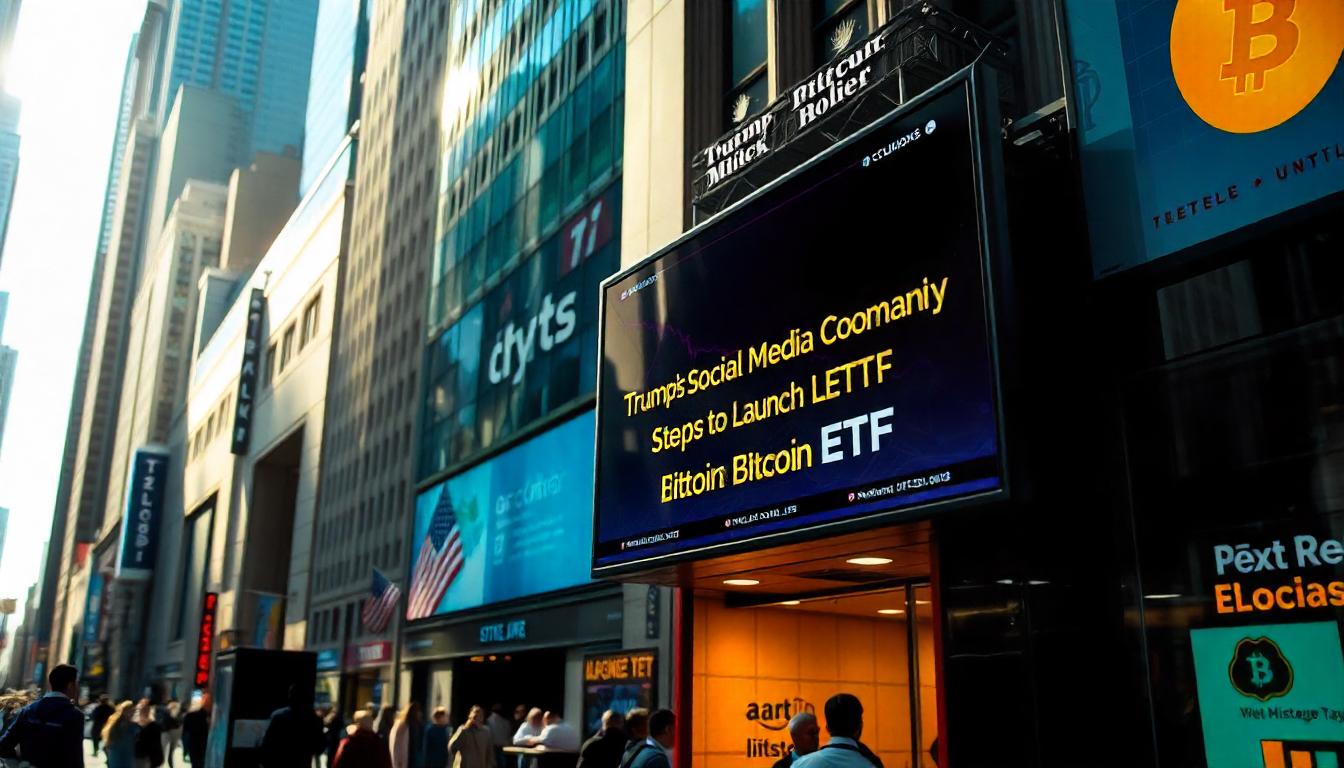The Bond Market’s Red Flag Might Be Bitcoin’s Green Light
For years, rising Treasury yields have been treated as kryptonite for risk assets. But this time, the story may be flipped. Despite softer inflation data, yields continue to climb — and the reasons why could spell upside for Bitcoin.
Inflation Is Cooling, But Yields Aren’t
U.S. CPI data released Tuesday showed inflation is easing faster than expected. Headline and core inflation both rose just 0.2% month-over-month in April, below the 0.3% consensus. On an annual basis, inflation fell to 2.3% — its lowest level since early 2021.
Traditionally, such a report would send yields lower and support risk assets. But instead, 10-year Treasury yields pushed to 4.5%, and 30-year yields climbed to nearly 5%. Far from a flight to safety, the bond market is flashing something more concerning: fiscal risk.
This Is a Deficit Story Now
Markets appear to be looking past inflation and monetary policy — and focusing instead on the exploding U.S. fiscal deficit.
Spencer Hakimian of Tolou Capital Management summed it up: “Bonds falling on a soft CPI print screams unchecked fiscal expansion,” he wrote on X. “Deficits don’t matter anymore — and that’s bullish for Bitcoin, gold, and equities. Bonds get crushed.”
With Trump’s proposed tax overhaul — $4 trillion in cuts offset by just $1.5 trillion in spending reductions — the market is now pricing in another multi-trillion-dollar wave of deficit spending. That’s not disinflationary; it’s dollar-debasing.
From Rate Policy to Fiscal Repricing
According to Arif Husain, global head of fixed income at T. Rowe Price, the fiscal trajectory is now the dominant force in markets. “I wouldn’t be surprised to see the 10-year Treasury yield hit 6% in the next 12–18 months,” he wrote. The implication: the bond market’s old signals are breaking.
Bitcoin thrives when the traditional system stumbles. And right now, it’s not monetary tightening that’s pushing yields up — it’s the structural concern that the U.S. government is losing control of its balance sheet.
A Sovereign Risk Moment?
Macro analysts like EndGame Macro call this a repricing of U.S. sovereign risk. “When bond yields rise while inflation falls, it’s not about prices. It’s about confidence,” they posted. “Markets are starting to question the long-term sustainability of U.S. debt issuance.”
This represents a shift from cyclical to structural risks — a deepening skepticism about the credibility of U.S. fiscal policy. That’s a scenario where Bitcoin, often seen as a hedge against systemic fragility, gains investor appeal.
Enter Yield Curve Control?
If yields rise too far too fast, the Fed may step in — not by slashing rates, but by capping long-term yields through yield curve control. If the Fed starts buying bonds again to suppress yields at, say, 5%, it would pump liquidity into the system.
That liquidity doesn’t sit idle. It chases assets. And in this cycle, Bitcoin stands near the front of the line — alongside gold and high-beta equities.





